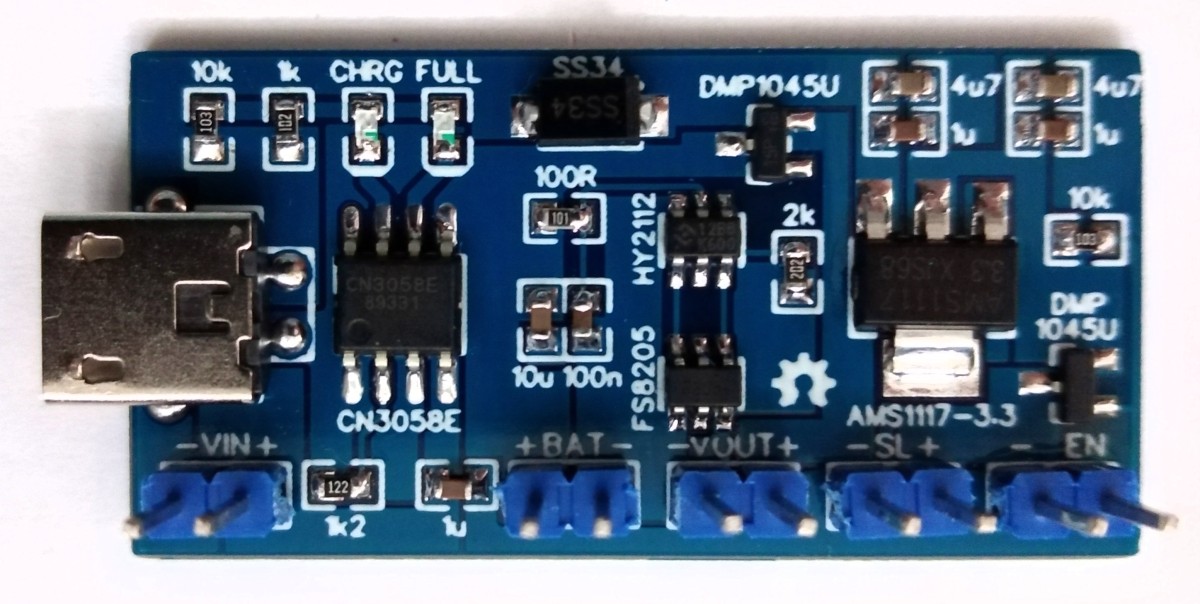
LiFePO4 Batteries: An Overview
Compact electronic devices rely on concise li-ion battery packs. Lithium iron phosphate battery (LiFEPO4) or LFP battery is a type of lithium-ion battery that uses lithium iron phosphate as a cathode and a graphitic carbon electrode as the anode. LFP batteries have a lower operating voltage and also present lower electrical conductivity. But they have some significant advantages over lithium-ion batteries like low toxicity, low cost, high stability, high performance, etc. Due to these advantages, LFP batteries find several roles in automotive industries, Uninterruptible power supplies, and other low power applications.
LFP batteries have a very constant output voltage that stays fixed around 3.2V (nominal voltage of the battery) during discharge cycles. They also have a longer calendar life. Calendar life or shelf life is the time for which a battery can store charge being inactive or with minimal use. Other than that, LFP batteries are thermally and electrically stable, which makes them safer than traditional LiCoO2 batteries.
LFP Power Board
Stefan Wagner from Germany designed a PCB for LFP batteries power board. The board can charge LiFePO4 batteries and also power the load uninterruptedly. The board is developed for 3.3V projects and can be operated by both battery and external power supply.
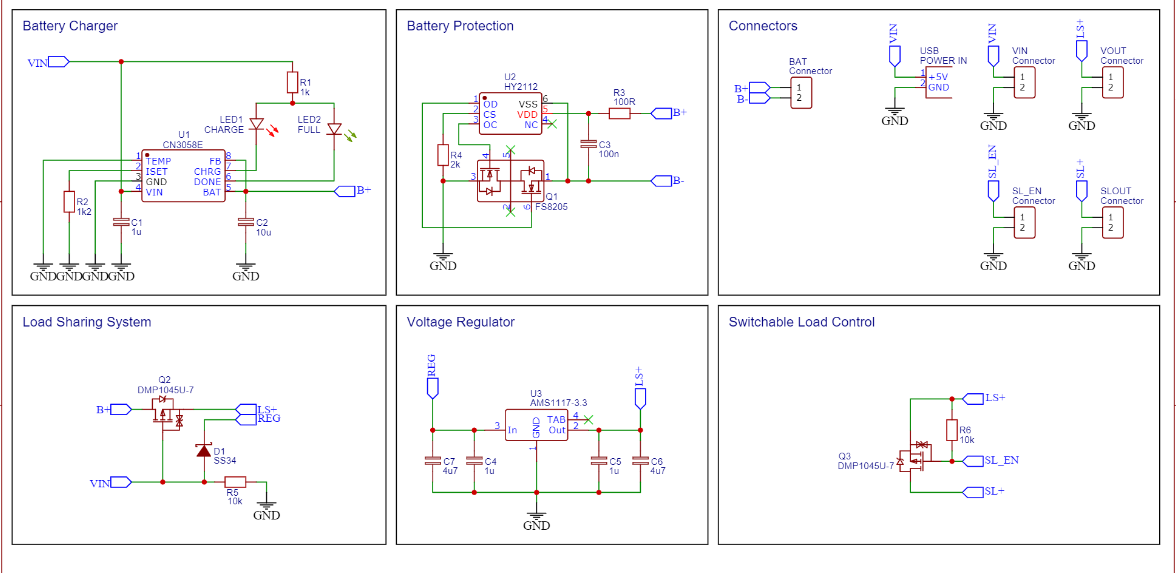
The board uses CN3058E battery charger IC and HY2112, a battery-pack protection IC. There is a load-sharing system that interrupts the connection between the battery and the load when an external power supply is connected. The load-sharing system is implemented by a pass transistor and a Schottky diode. When an external voltage is detected at the gate of the pass transistor, the voltage from the battery is interrupted.
Without an external power supply, the project is powered directly by the battery, which means that the output voltage depends on the battery charge level (about 2.7 – 3.5V). However, an onboard 3.3V regulator is present that can supply a constant 3.3V to the load.
The battery charger section consists of CN3058E IC, a couple of resistors to set charging current, a couple of LEDs for indication, and bypass capacitors. The CN3058E is a complete constant-current/constant-voltage linear charger for single-cell LiFePO4 rechargeable batteries. The IC contains an on-chip power MOSFET and thus, eliminates the need for the external sense resistor and blocking diode. The device has an automatic low-power sleep mode which activates when the external supply is not present. It can also automatically recharge the cells by sensing the battery voltage regularly. The charge current can be programmed externally with a single resistor, and the maximum programmable current is 1A.
The battery protection unit is based on HY2112 IC that is designed for LiFePO4 rechargeable battery protection. The device consists of high-accuracy voltage detectors which monitor the cell voltage and determine whether the cell is operating in its safe operating area. It also contains internal delay circuits, which eliminate the need for external capacitors. The IC is used along with two FETs to control the charging and discharging of the batteries. R3 is a current limiting resistance and is kept as small as possible so that overcharge detection accuracy is not affected. R4 is also for current limiting and it must be around 2k or higher. R4 will prevent current when a charger is in reversed polarity.
Furthermore, the board is equipped with an additional output port (SL) that can be switched via the built-in MOSFET. If the EN pin is pulled to the ground, for example via a GPIO pin of a microcontroller, then the SL output is activated.
To summarize, this board is a complete solution for LiFePO4 batteries. It allows charging, discharge control, consists of an onboard battery protection system, and also has an additional output port.
Project link: https://github.com/wagiminator/Power-Boards/tree/master/LiFePO4_Power_Board_LS_3V3





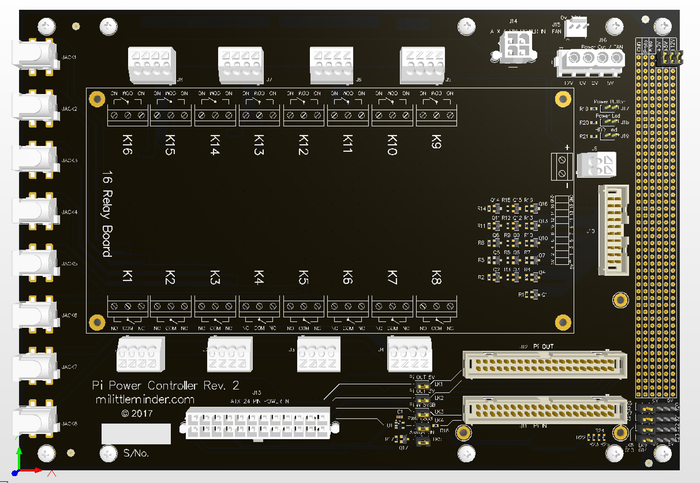
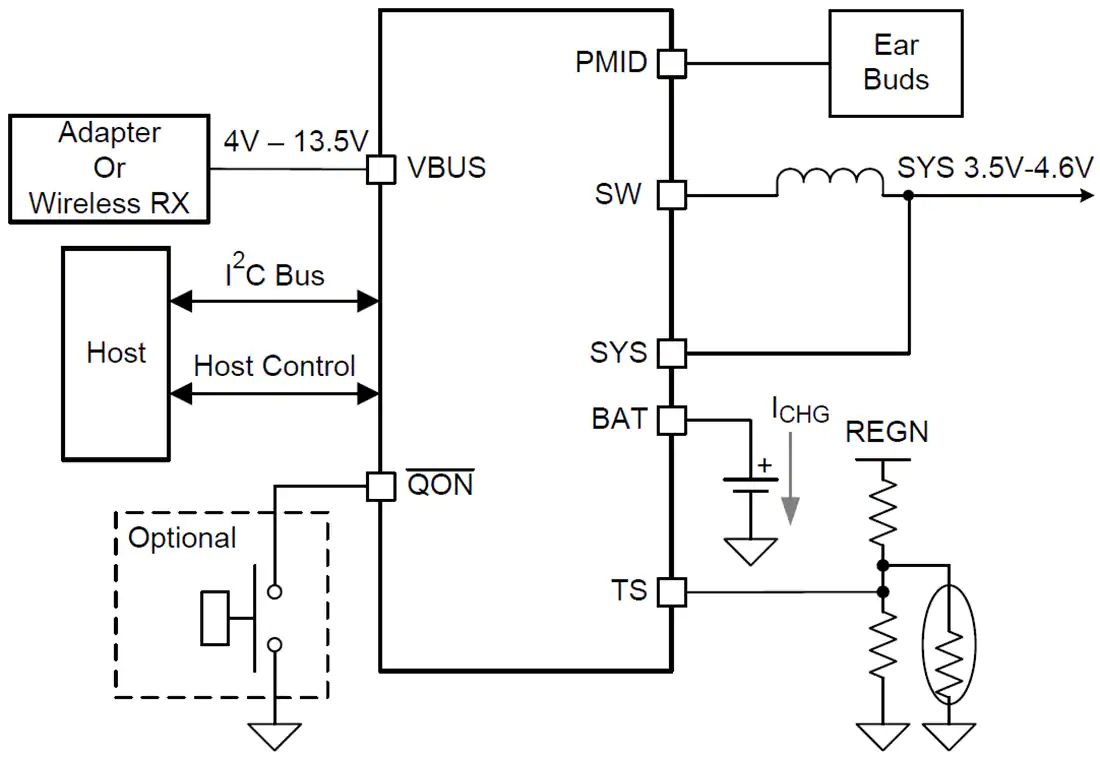

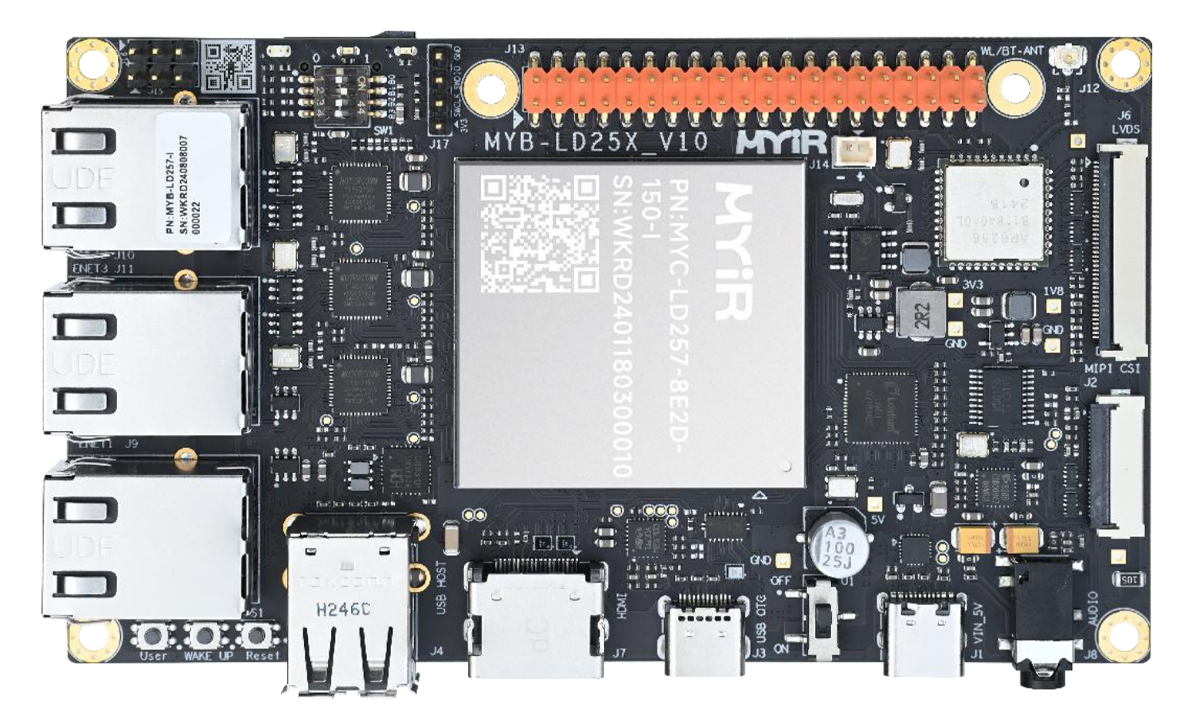
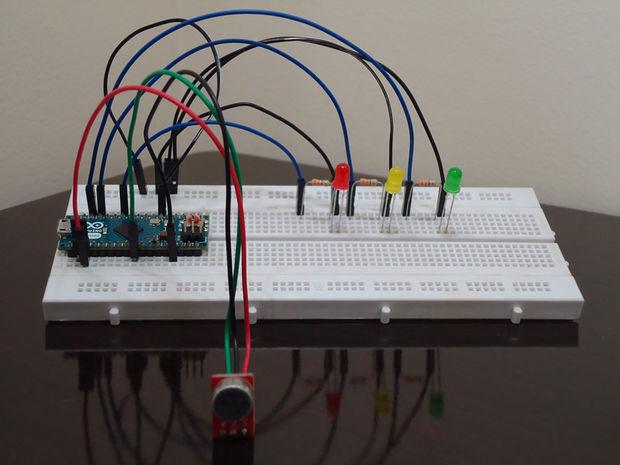
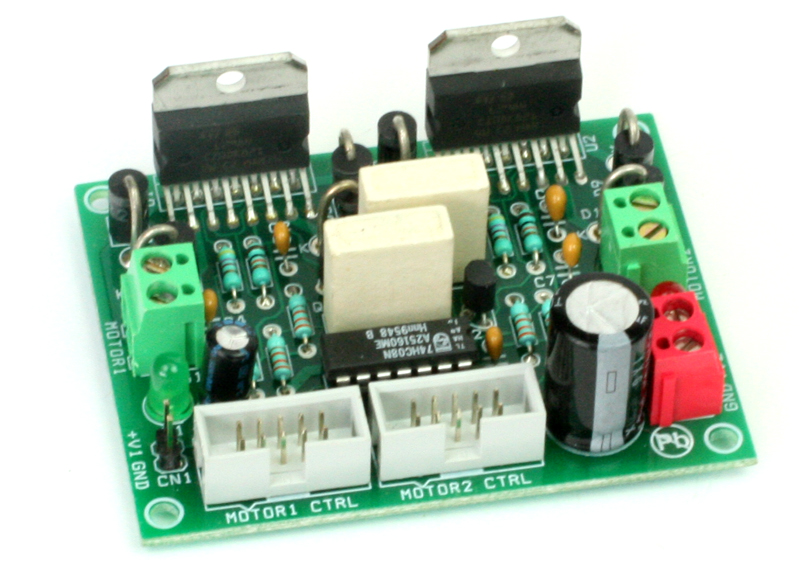







On the other side of all this is a galvanic battery. Some day I’m going to look into this to see just how much power can be made? Stick a bunch of dis similar metals in the ground and wire up a load of DC/DC buck converters to charge up a LA battery so I can have a few hours(if that much) of useful stored energy to do some minor tasks. Maybe.
So can I buy this think built? Or can I buy just the board?
The build details are on the github, so you can build it yourself.
I am planning on making this but i dont need the voltage regulator or the switchable load control. How would i connect this then?